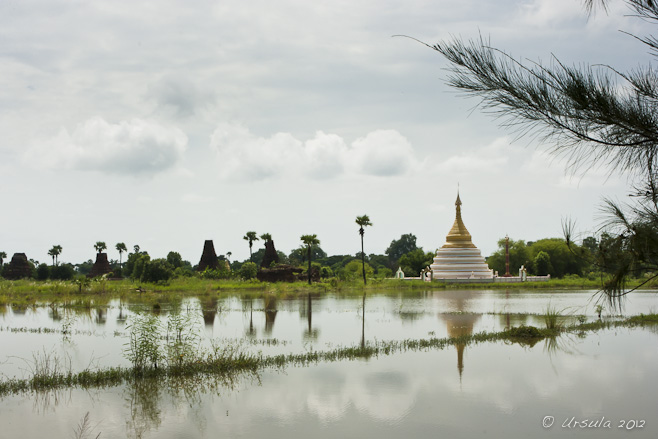
Timeless Calm
A modern chedi stands among ancient temple ruins, Inwa Island, Myanmar.
Away from the gilded and jewel-bedecked temples filled with monks in maroon robes and nuns in pale pink, Myanmar hides a quiet, almost idyllic, rural landscape dotted with ancient ruins.
Just 21 km south of Mandalay, nestled in the confluence of the Myitnge and Irrawaddy (Ayeyarwaddy) rivers, across from the busy monasteries and shiny temples of the Sagaing Hills, you will find Inwa Island. A trip to the island is like a trip back in time.
Late last September, my travel companions in Myanmar – a group of photography enthusiasts, photographer Karl Grobl, local guide Mr MM – and I, piled into wooden boats and plugged our ears against the noise of the outboard motors. Looking nonchalant, the driver of the boat I was in alternated between steering the outboard with his foot and by hand, as he landed us safely on the muddy bank that passes for a pier.
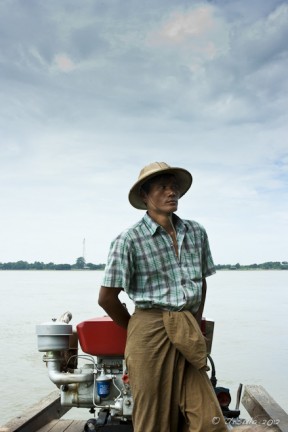
Like a model in a fashion shoot…
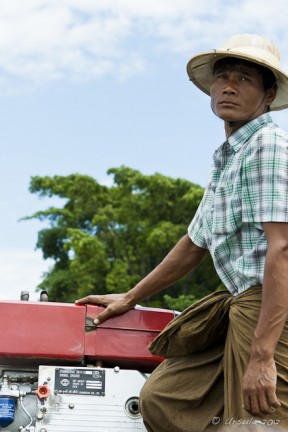
…our boatman stands against the sky

Irrawaddy River Boatman
At the Inwa Island “dock”, we were met by the usual assortment of locals with trinkets for sale, and a “fleet” of pony carts and their drivers to transport the day trippers around. The unpaved roads were muddy and wet; it was easy to see why horse carts are the preferred tourist transport on the island.

Pony Carts
Officially called Ratanapura (City of Gems), the artificial island was created by Prince Thadominphya in 1364 to be home to the imperial court of the ancient Kingdom of Inwa (also known as Innwa, Ava or Awa). It was the capital during five separate periods from the 14th to 19th centuries, before being finally abandoned in 1839 after several major earthquakes. No other city in Myanmar has been the seat of government for so long.

Ruins among the Fields
Our first stop was at the Yadana Hsimi Pagodas.

Farming Couple
Land around the temple ruins are ready for planting.

Buddha

Chedis

A Young Visitor

Gargoyle
Beautiful stone lintels survive around the ruins, Yadana Hsimi Pagodas.

Buddha in the Ruins

Washing at the Well
There is always life around temples; whether they be new or old ones.

Our horse-cart is ready to take us to the next place of interest.
Our second stop was across the island, at the Bagaya Kyaung or ‘Star Flower Monastery’, a beautiful old teak building, ornately carved and supported on 267 massive teak posts. Built in 1834, the monastery is still in use today as a classroom for the village children.

Reflections at the Temple
A tree-lined road approaches Bagaya Kyaung…

‘Star Flower Monastery’
… the wonderful teak temple, originally built in 1834 to educate the royals.

Monastery Roof
Typical Burmese-style roofline.

Buddha Shrine
A small chedi, with a smaller buddha.

Monk in a WIndow

Little Monks
Novice monks try to stay awake to do their school work inside the dark temple.

Gossip
Outside the monastery, vendors chat while waiting for the tourists to come.

Mango Bowl
As soon as tourists emerge, vendors are ready with their wares.

Incoming Pony Carts
Too soon it is time to get back in our horse carts, to ride back across the wet bumpy roads and past the peaceful rice paddies, to our waiting motor boats.

Outgoing Horse Cart

Woman in the Rice Fields

The Watchtower
Nanmyin, the masonry watchtower, damaged by the 1838 earthquake, is all that remains of the Bagyidaw palace.

Back at the Dock
 Truly a charming and peaceful place –
Truly a charming and peaceful place –
a reminder of simpler times.
Happy travels!
Pictures: 14September2012


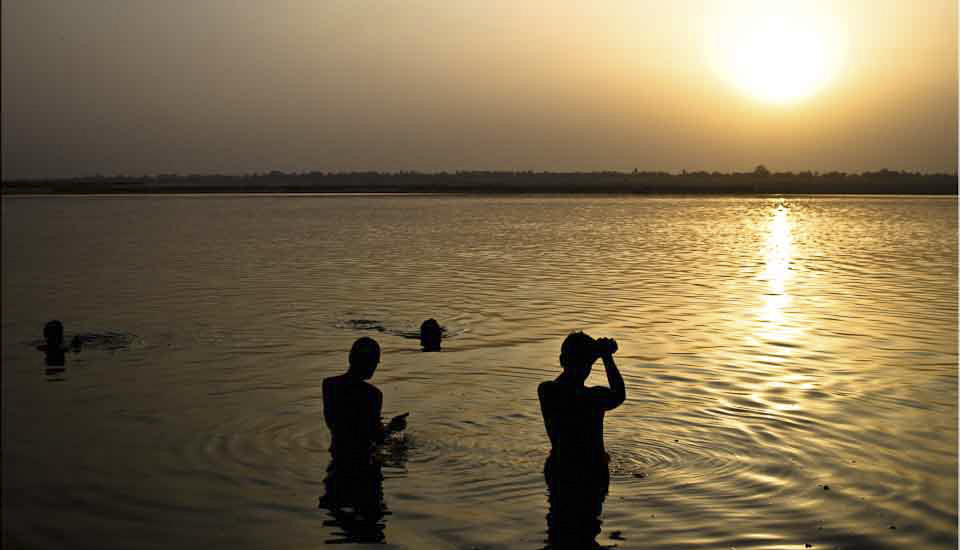



























.png)
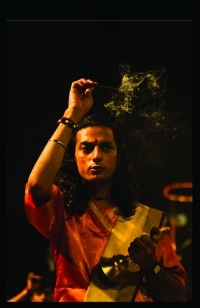
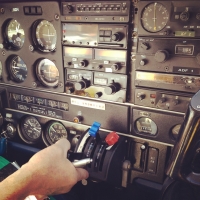
I enjoyed this report and images Ursula. Greetings, Dietmut
Thanks Dietmut!